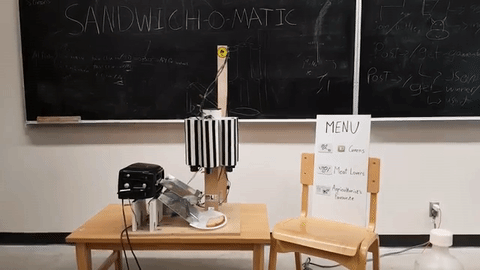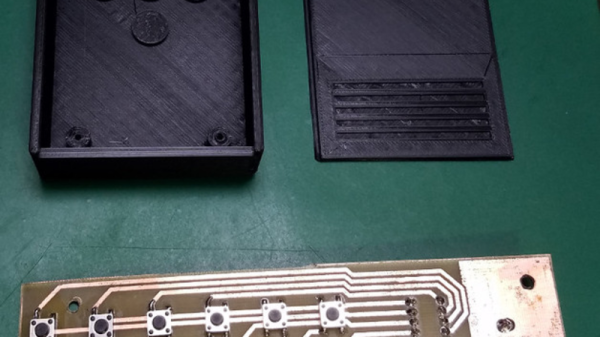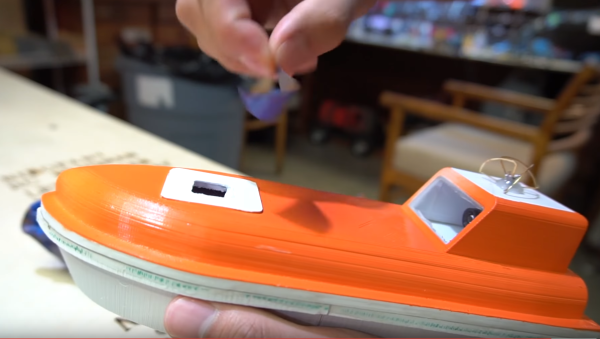[Prusa]’s business is doing great. This year, he released the Prusa i3 Mk. 2, a four color upgrade to the printer, and sales are through the roof. There’s just one problem: Paypal just locked his funds. Prusa is turning away from Paypal and given Paypal’s history, this will eventually be worked out. Be warned, though: don’t use Paypal for your hardware business. We’ve seen this same story played out too many times before.
Those millennials are always on their phones. How do you get rid of that distraction? Airplane mode? No, that’s stupid. Put those phones in a metal box. It’s the exact same thing as airplane mode – which is free – but this extra special metal box costs $45 and ships in March. Is this metal box different from any other metal box, like a cookie tin, perhaps? Probably not.
The holidays are here, and it’s time for Cards Against Humanity to do something stupid with other people’s money. This year, they’re throwing money into a hole. No, really. People are contributing money to dig a gigantic hole. There’s a livestream of the digging. Five dollars lets the dig continue for another few seconds. Join in on the holiday spirit: throw your money into a hole.
You don’t want to throw your money into a hole? Buy some stuff on Tindie! There’s robots, CNC controllers, servo drivers, MIDI arpeggiators, USB testers, power supplies, blinky glowy things, and retro gaming stuff. Go plug your Raspberry Pi into some of these gizmos.
The Mechaduino is a board that clips onto a ubiquitous NEMA stepper motor to turn it into a servo motor. It won 5th place in the Hackaday Prize last month, and we can’t wait to see it integrated into a closed-loop 3D printer. [Chris] came up with an Ethernet-enabled servo-stepper conversion, and now it’s a project on Kickstarter. Of course, you can buy a Mechaduino right now, making the future of stepper motor-controlled desktop CNC very interesting.
Individually addressable RGB LEDs exist, and we’re waiting for Clark Griswold to electrify his house in red, green, and blue. Until then, [Michel built a holiday ornament loaded up with 16 WS2812b LEDs. The star features caps and diodes to make everything work as it should and requires only three wires per star.


















